People who know me well, as a photographer, know that I love fast 35mm lenses, especially when they remain relatively compact. My two grails have remained unchanged for some time now: the Nokton classic for its unique signature, dual-personality, and very compact size. And the Summilux ASPH pre-FLE, for its sharp, yet subtle rendition wide open. I tried to find alternatives to the Leica as it is not a cheap lens, but in the end, I haven’t managed to find a lens that packs that much and that is that practical to use. Some Asian manufacturers came close (Artisans and Voigtlanders) but in the end, it was often either too big, not sharp enough, or too smooth.
Thypoch is a pretty recent lens manufacturing brand that surprised everyone when they announced their first products would be two of the most asked for lenses: one fast 28mm and one fast 35mm, both of which with aspherical elements and close focus capabilities, in M mount. In the beginning, their communications and visuals being solely made of 3D renderings, some people were expecting the vaporware scenario. They appeared on a big photo show and showcased their product for the first time before launch. A first for a Chinese brand, and the feedback was very encouraging.
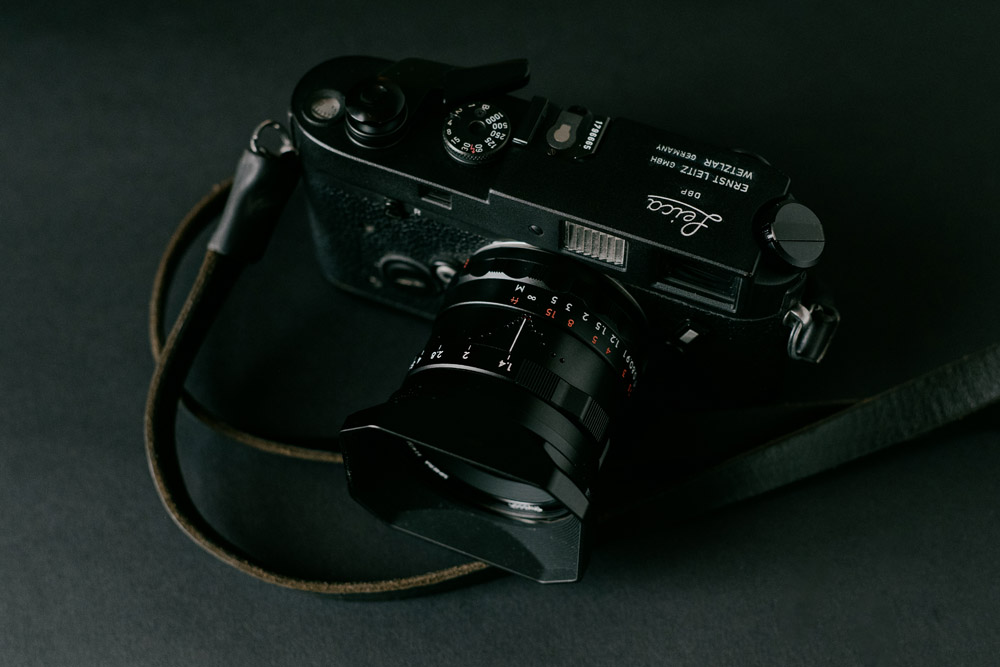
Plus, their 35mm optical formula seemed pretty much copied from the Leica Summilux 35mm FLE design. What a surprise! Would it represent a potential viable alternative, at least for me? A few questions remained as optical formulas and mtf curves are ideal case scenarios and don’t indicate the produced tolerance variations and flaws. How would the lens draw, and what size would it be?
Thypoch contacted me a few months ago and asked me if I would be interested in reviewing both of their lenses. And, of course I dived in. They even agreed to do some direct comparisons against my trusty Summilux and seemed pretty confident with the outcome of this duel. So here we go, I will try to determine whether this lens can finally rival my loved and famous Leica Summilux legend.
Presentation and Ergonomics
The Simera 35mm ASPH takes its roots in old Alpa lens design. A bold bias that distinguishes it from the crowd generally willing to look like a Leica lens. You might like it or not, but you must admit it is refreshing to see. Plus, a lot of care has been put in the making and many details give to this lens a very premium and advanced feeling.
It is nice and dense in hand, with a good weight to it. Focus is nicely damped and the aperture ring is firmly clicked and precise. Unfortunately the F-stops are not spaced equally and the number of clicks between each stop vary depending on where you are. Too bad. The overall machining is very high quality and I appreciate the little details like the mount positioning index that looks like this:
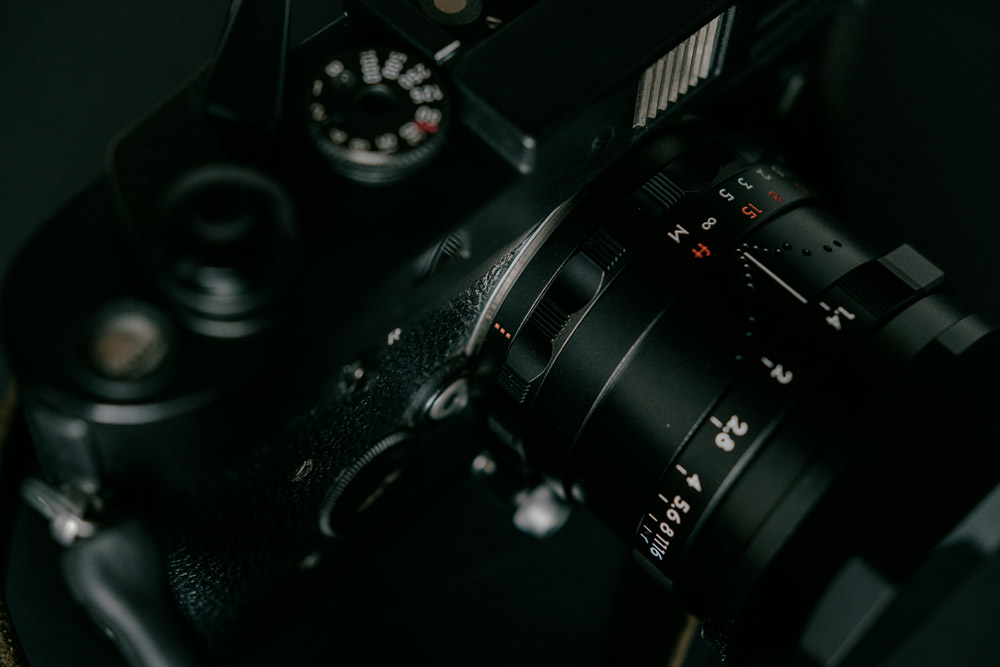
Very nice, as a mechanical engineer, I like square holes, aha. That being said, as an industrial designer , I hate the typeface they chose. Way too far from the Bauhaus principles, that I like to recite as mantras every morning when I wake up, eating my muesli.
Also, cinematographers shall rejoice as you can choose whether you want your aperture stops to be clicked or de-clicked with this superbly integrated lever.
Unfortunately I encountered an issue with this one: while changing the aperture setting quickly, it actually happened that I accidentally unlocked the click by doing so. Some kind of security lock would have been better to avoid that.
Compared with the Summilux, the Simera 35mm ASPH is very slightly longer and thicker, its filter diameter being 49mm instead of 46mm. The newcomer’s lens hood also feels bigger, but it actually is sized similarly, but in metal.
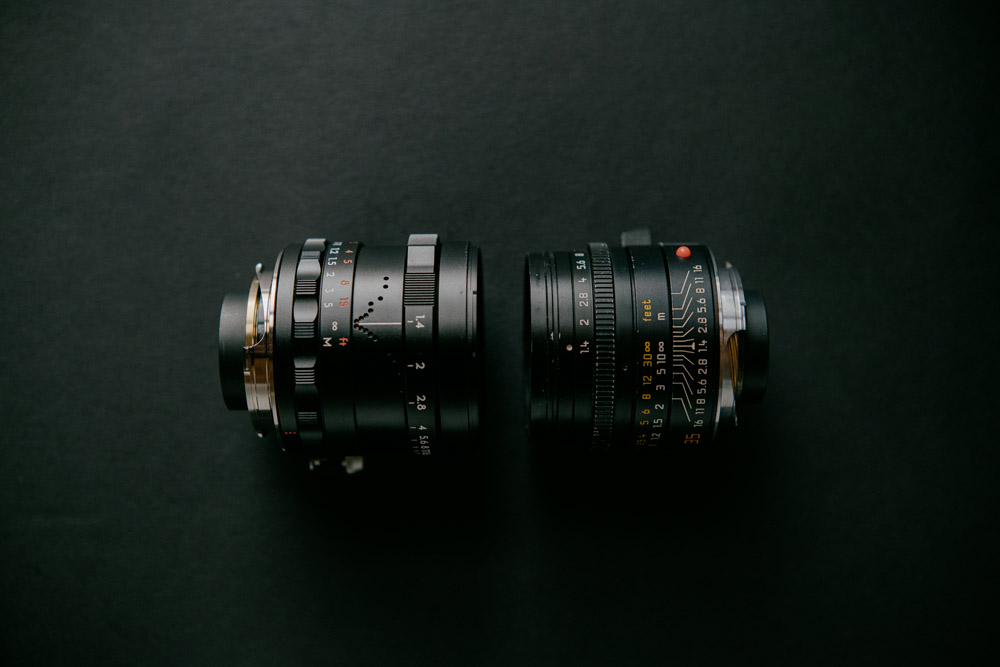
The other difference is the focusing lever which borrows an old style nub that locks on infinity. This is not the most ergonomic solution for my fingers unfortunately. And I am sorry to declare also that this lever actually unscrewed itself during a walk. I was lucky enough to find the lever and the tiny spring on the ground. Maybe some thread lock will help it in the future. Still about focusing, good news this time, the closest focusing distance is .45m which allows much closer close ups than what the Summilux could ever do with its .7m minimum focusing distance. That is a very good point, especially considering the fact that this lens embeds a floating lens group. The rangefinder coupling is ensured from infinity to .7m, then it disengages elegantly with a click, warning you crossed the uncoupling range.
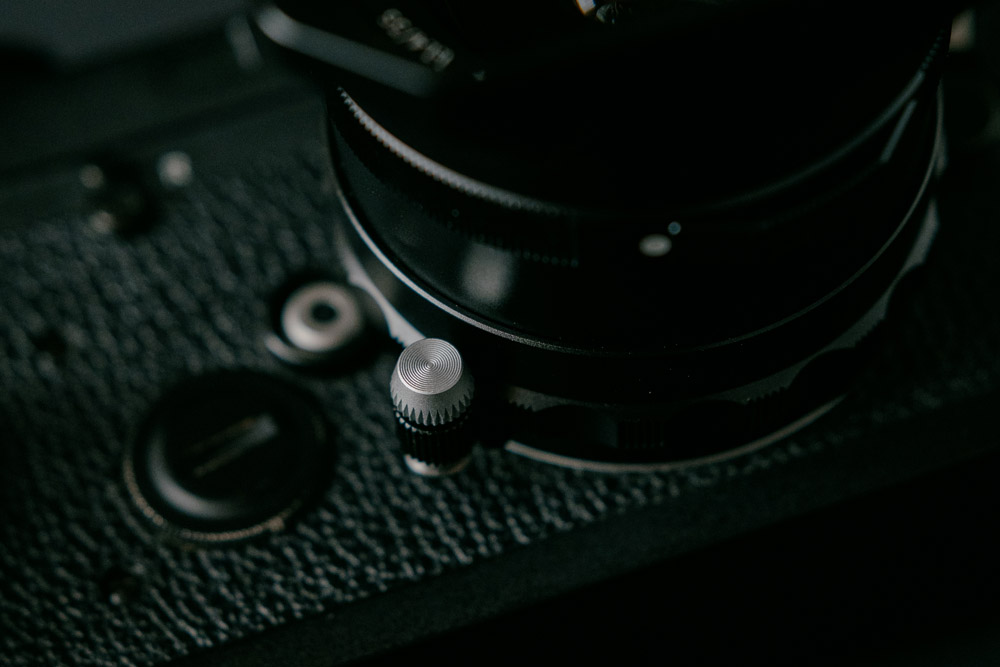
Finally, another important difference is how the hyperfocal markings are implemented on the Simera 35mm ASPH. In this regard, the Simera lens is a bit of an alien. It uses an array of dots that, when turning the aperture ring, will turn from black to red to tell you your focusing depth. While this system looks like an engineering beauty, I have to say it is a bit less practical to read compared with a more traditional scale with fixed markings right across the distance ring. Nice effort, but not really necessary here. And I think there is a good reason why Alpa stopped using this idea decades ago…
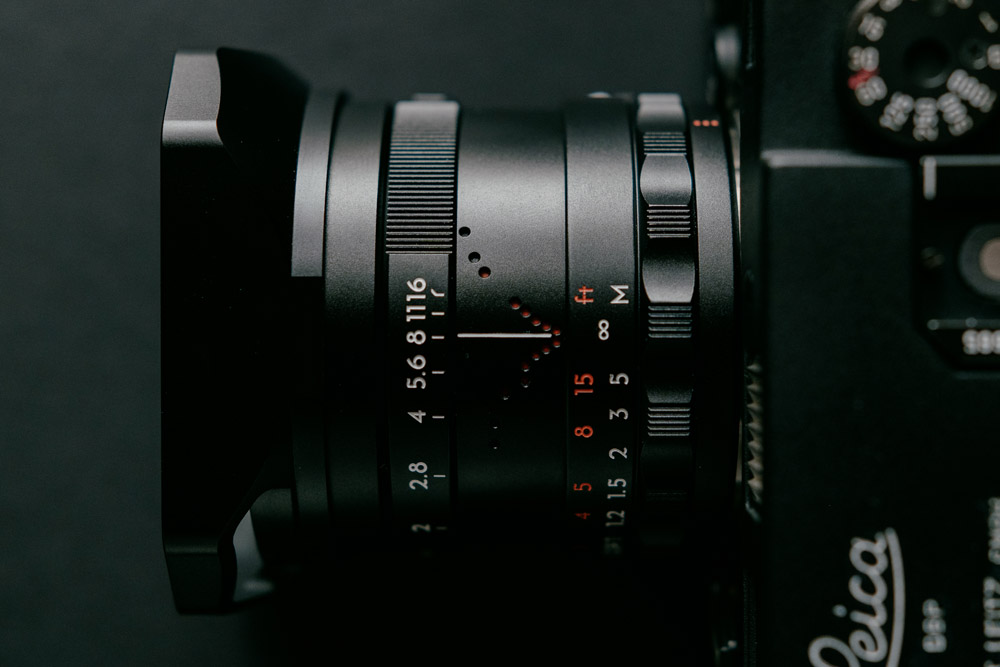
Overall, it is a very nice piece, beautifully built but that has its quirks from the user standpoint. That being said, I am sure a lot of people will enjoy its look despite the compromises induced in terms of ergonomics.
Systemic Analysis
Let’s dive a bit deeper in the Simera 35mm ASPH lens’s characteristics with a bit more rigorous setup. Full size pictures are stored HERE.
Minimum focus distance, f1.4 vs f4
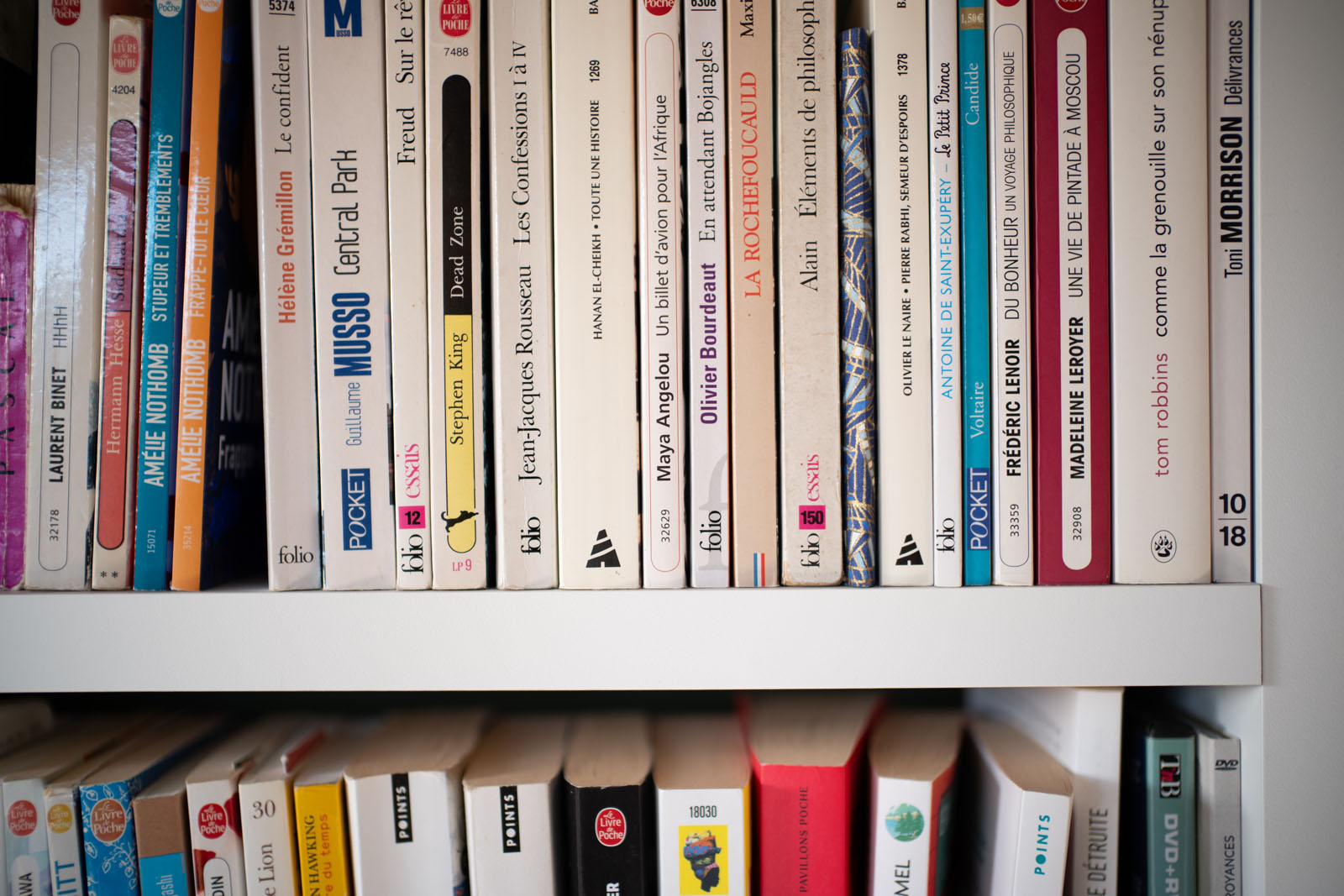
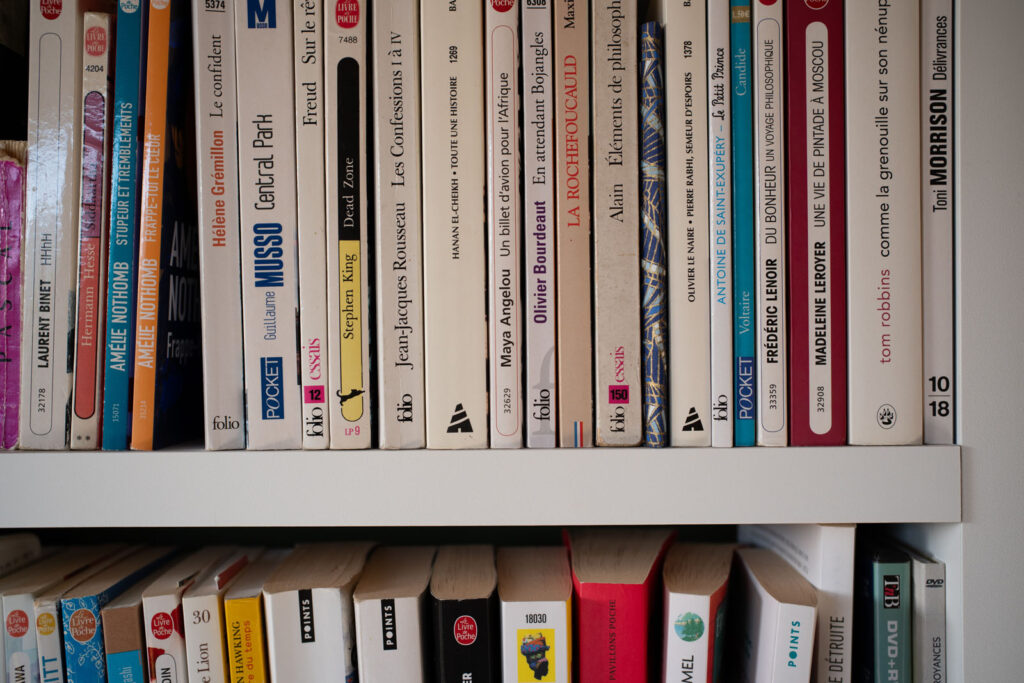
0.7m, f1.4 vs f4
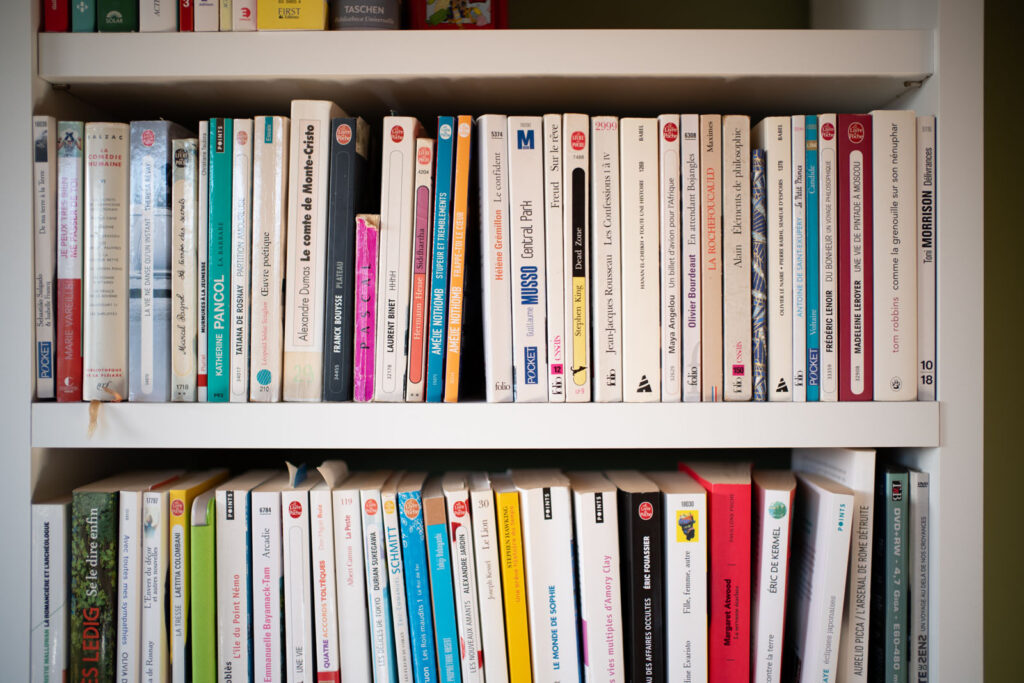
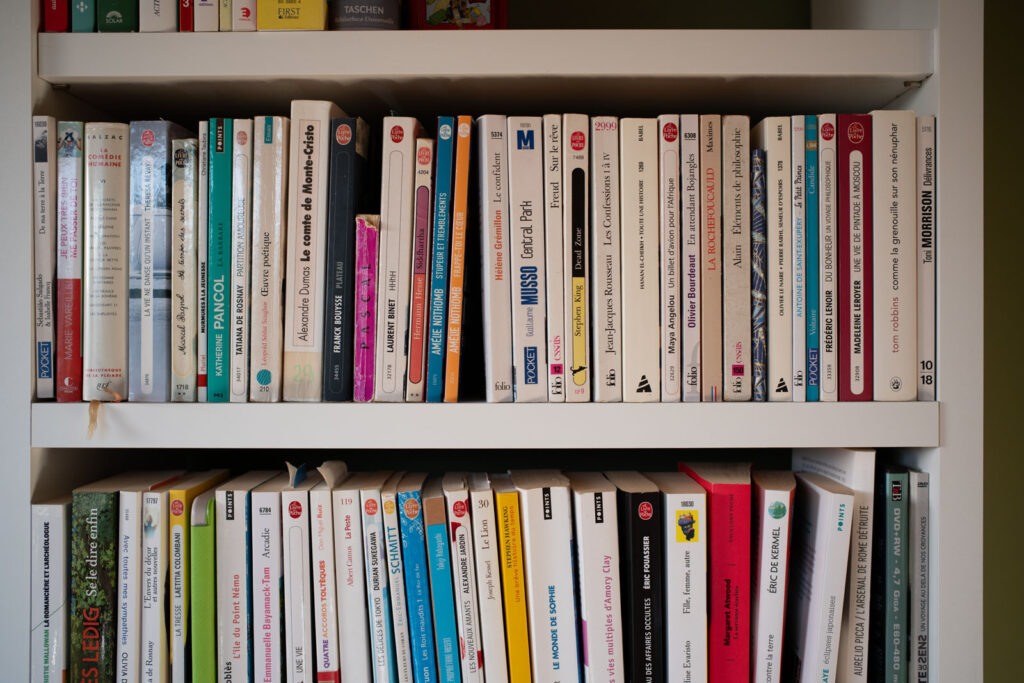
At close range, the Simera 35mm ASPH already exhibits some nice sharpness wide open. It gets super sharp once closed down a bit. We can feel the FLE group is doing its job as intended here. I am impressed with its focusing field flatness.
At 0.7m and 1.5m, the same observations can be made. Careful though as at f1.4, some books can seem a bit soft, but as depth of field is very thin, it is most probably related with books being slightly misaligned on the shelf.
At infinity, we can see that the central part of the picture is very sharp already but you must stop it down to f4 at least to get crisp landscape pictures. One can also observe some chromatic aberrations, mostly visible wide open, but still here at f8.
The bokeh at close range is nice with a bit of swirl and slightly structured which gives a nice pop. At longer distances (> 1,5m) the bokeh becomes harsher with more outlining and chromatic aberrations. It is not the smoothest lens in that regard. That being said, the contrast and acutance remain high and produce pictures with nice character and modern feel to it.
Also it is worth mentioning that this lens uses 14 blades and the aperture will always remain round which is nicer than any 35mm lens I tried on M mount.
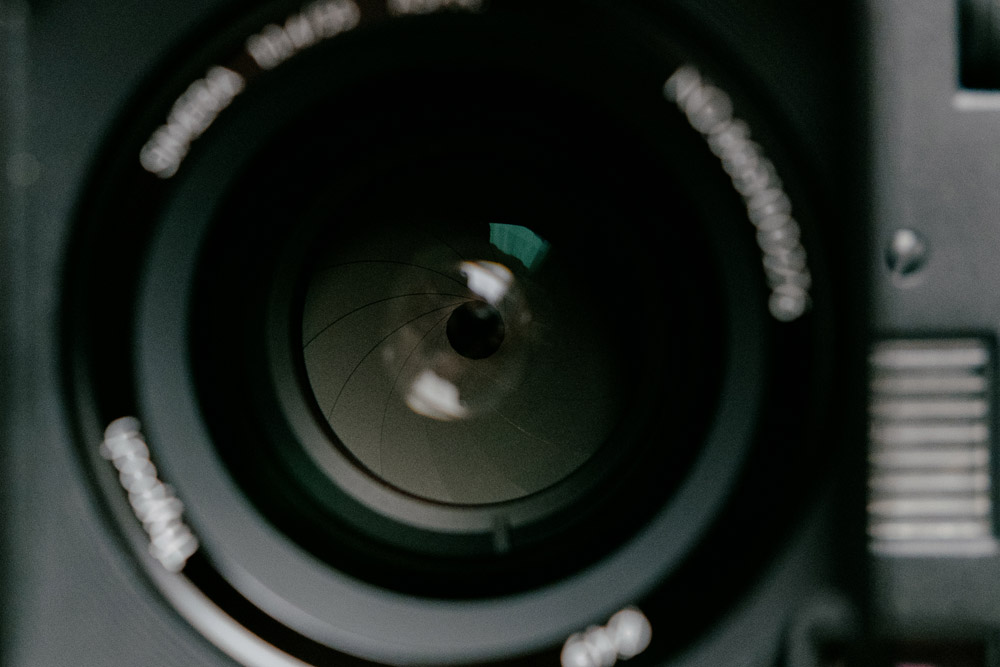
Globally it is a high performing lens for its price range. It clearly out-resolves the other 35mm f1.4 Artisans lenses. I think its main fair competitors will be:
- TTArtisan 35mm f2 APO, probably better technically but worse flaring, and much bigger.
- Voigtlander Nokton 35mm f. 1.5, smaller and a bit different optically.
- Voigtlander Nokton 35mm f1. 2, maybe a bit better, but also more expensive.
The Game
A few years ago, before the world sank into Covid crisis, I played a funny game with your nerves comparing Summicron and Nokton pictures, not telling you who was who.The outcome was pretty surprising for a lot of you. I think it is time again to play this game. So please try to determine which pictures are from the Simera or Summilux!
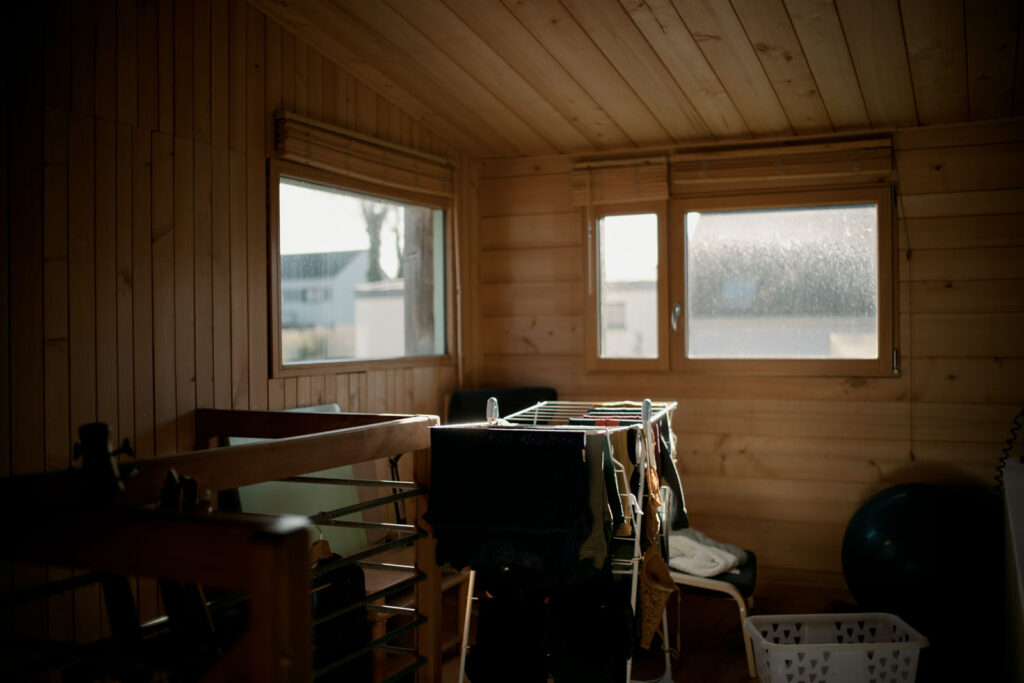
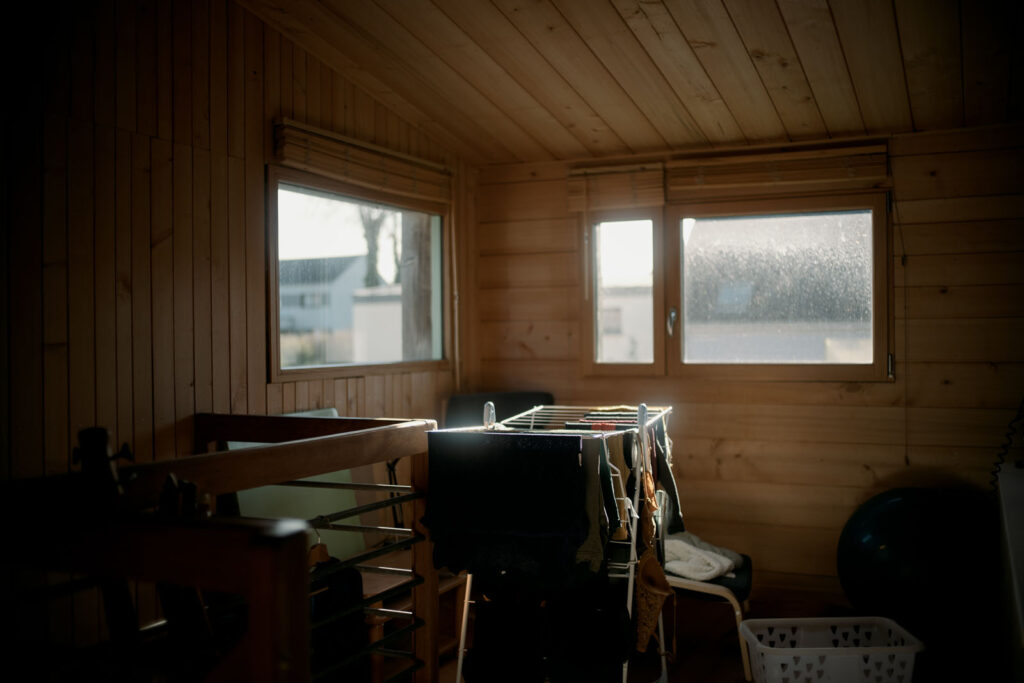
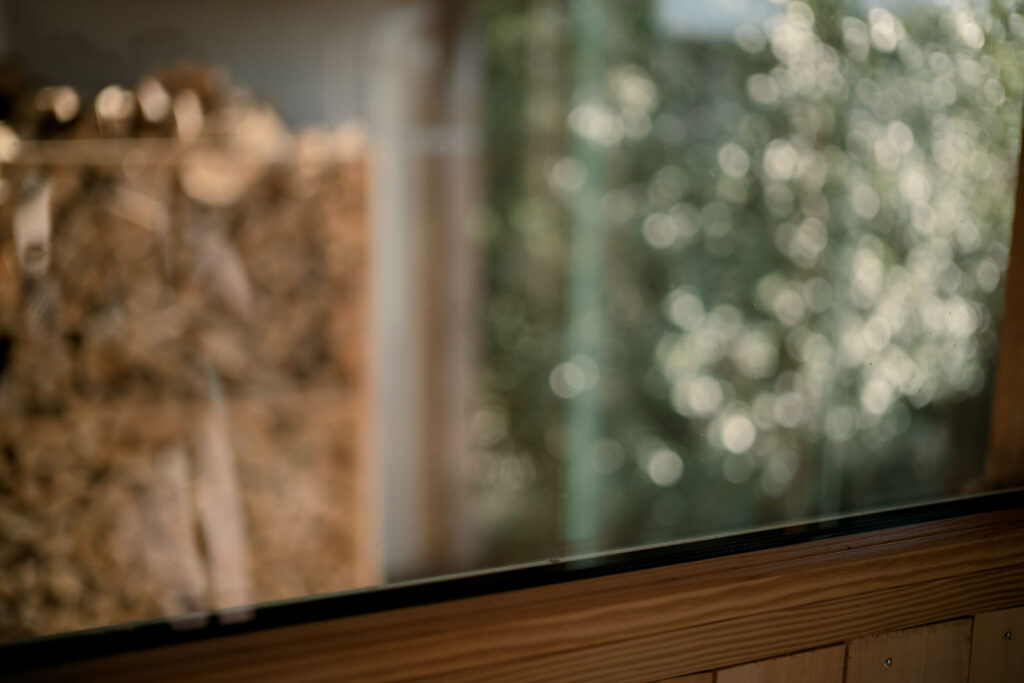
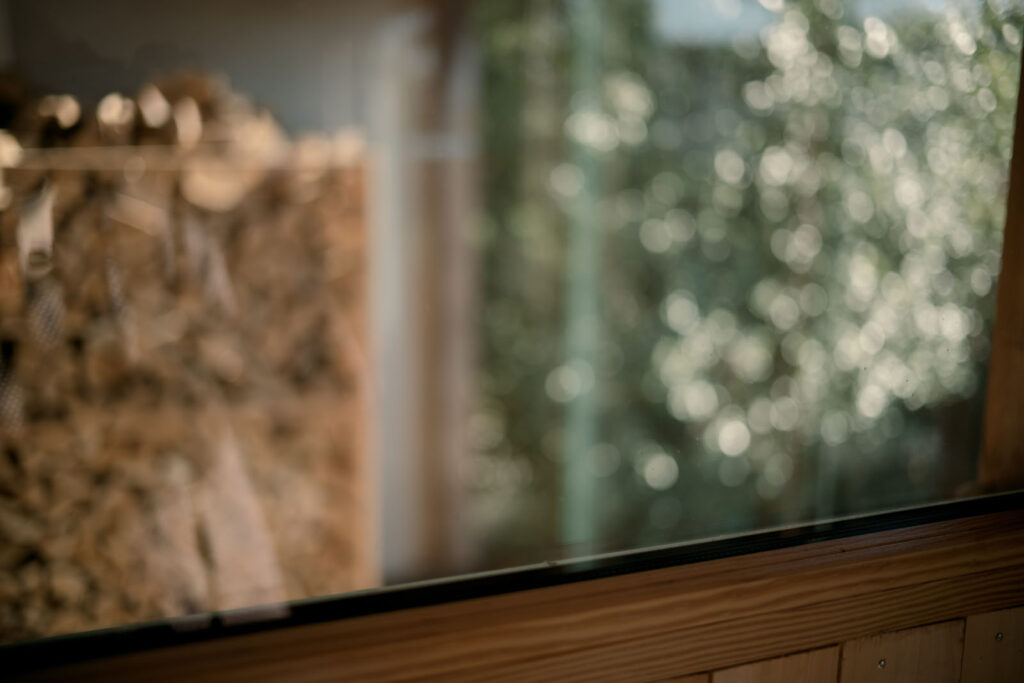






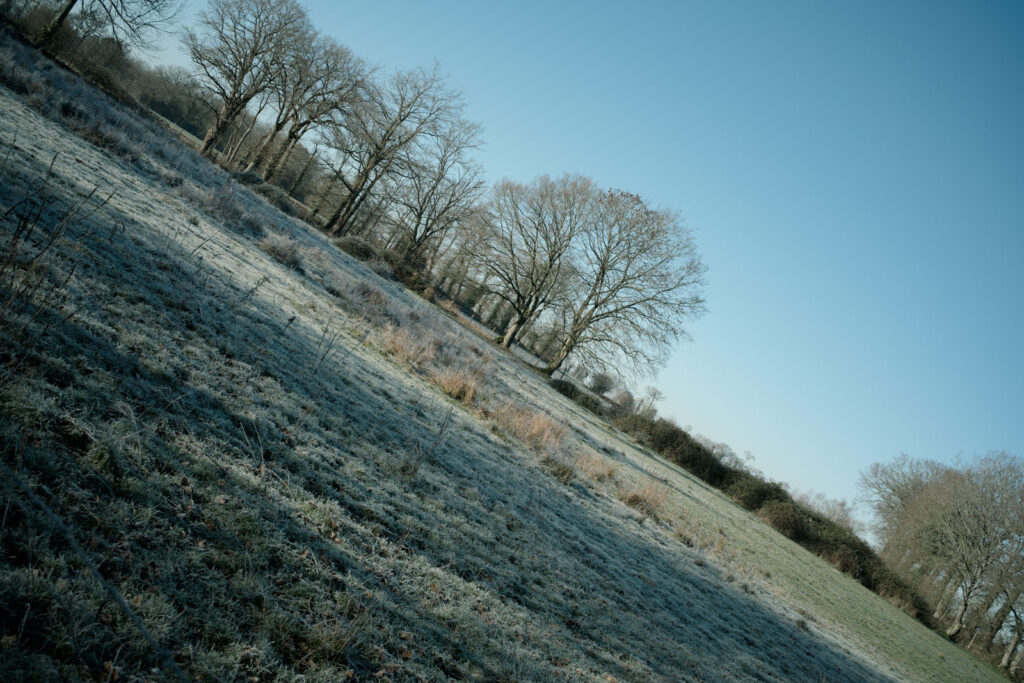
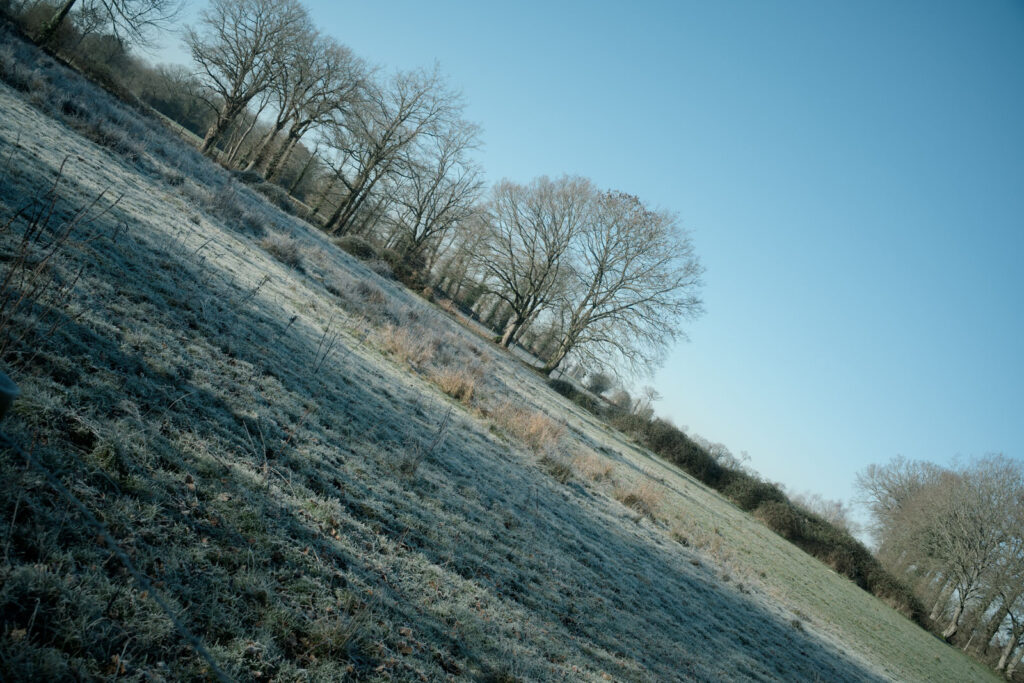
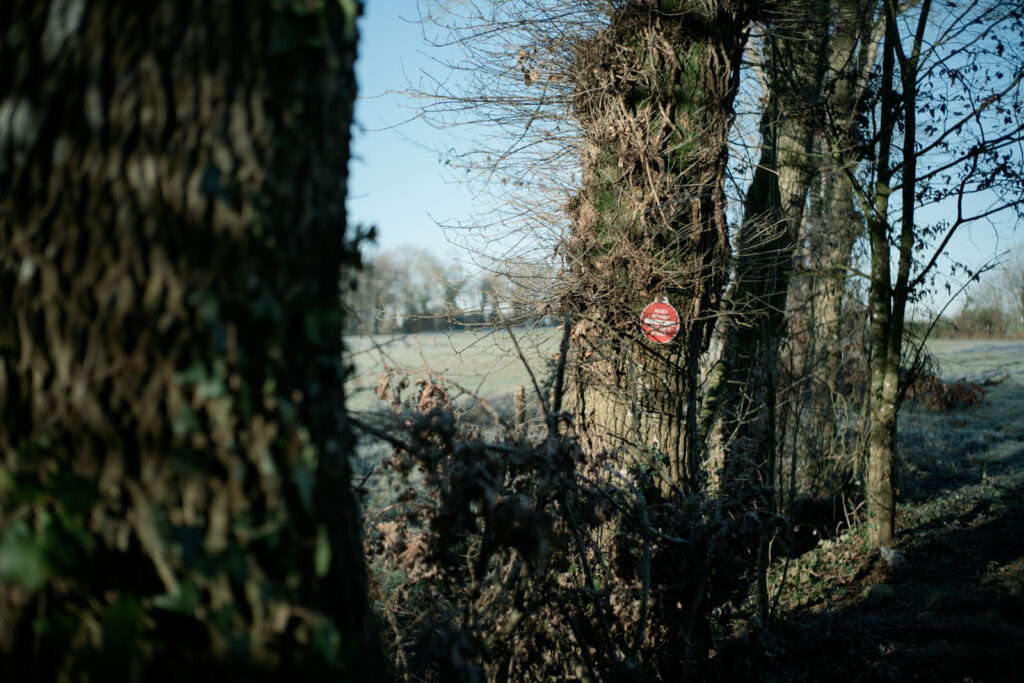
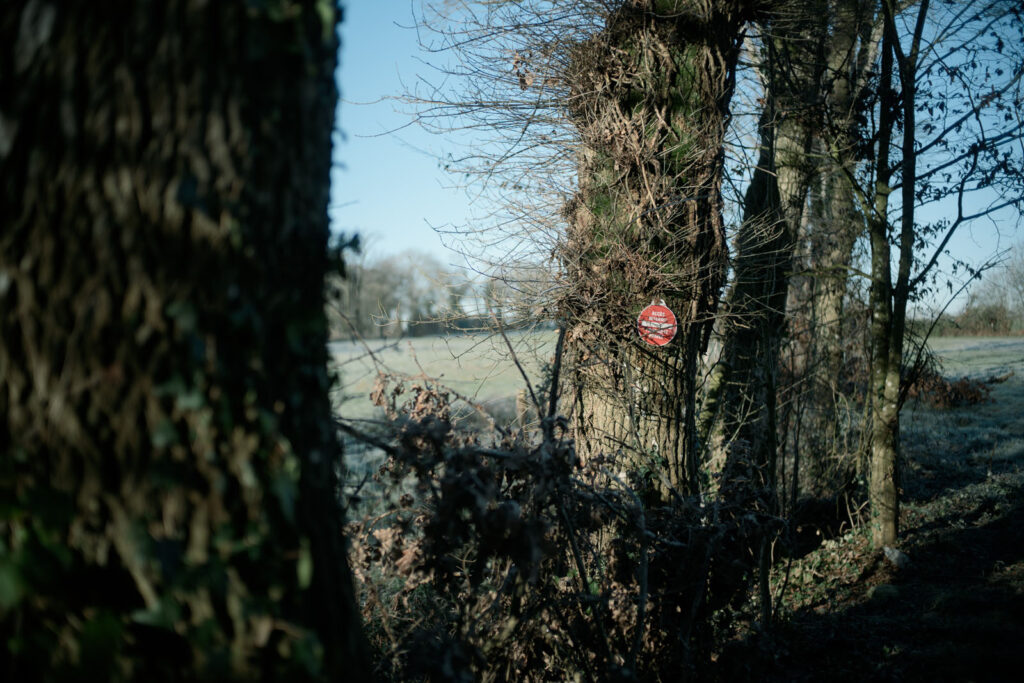



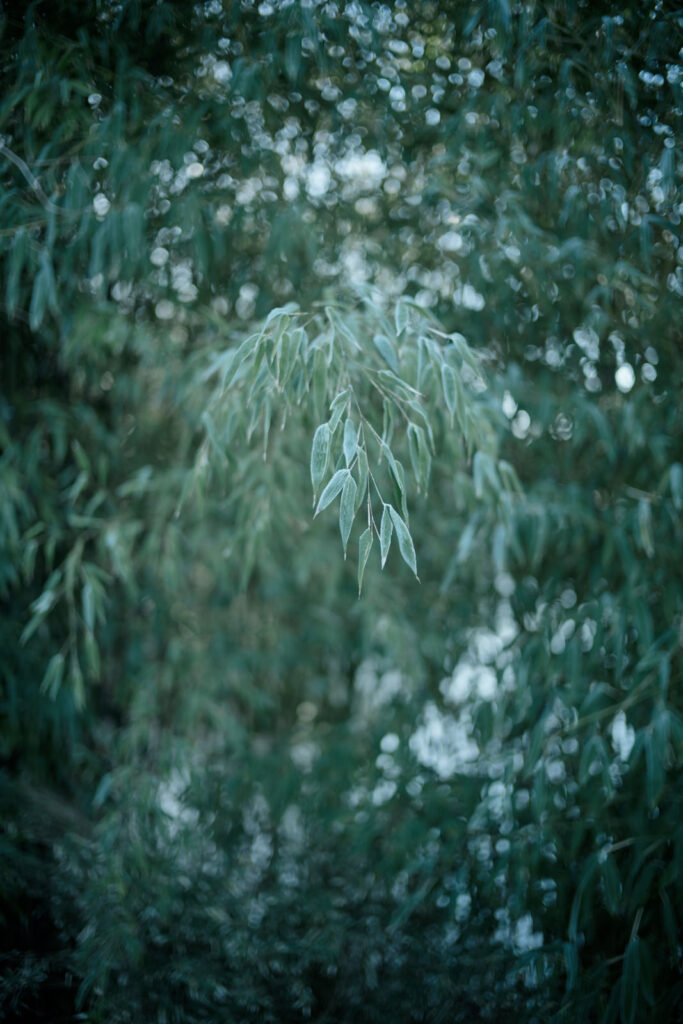
So let me know in the comments what you think, who is who? I will tell you the results in the comments section in a few days. You can also access full resolution files HERE.
To sum it up, I would say the Simera 35mm ASPH is not better or worse than the Summilux in these pictures. My observation are the following:
- Better sharpness at close up distances.
- A bit worse at longer distances in the center but a bit better in the corners.
- More color saturation and micro contrast wide open.
- Harsher bokeh globally with more outlining.
- A bit more color fringing.
Closer focusing is a big bonus. Depending on your shooting style, you might prefer one lens or the other. In the end I will be leaning toward the Summilux for its smoother out of focus areas wide open, which to my eyes makes the look I am after.
Simera 35mm ASPH on film
Here are some samples shot with this lens with HP5.
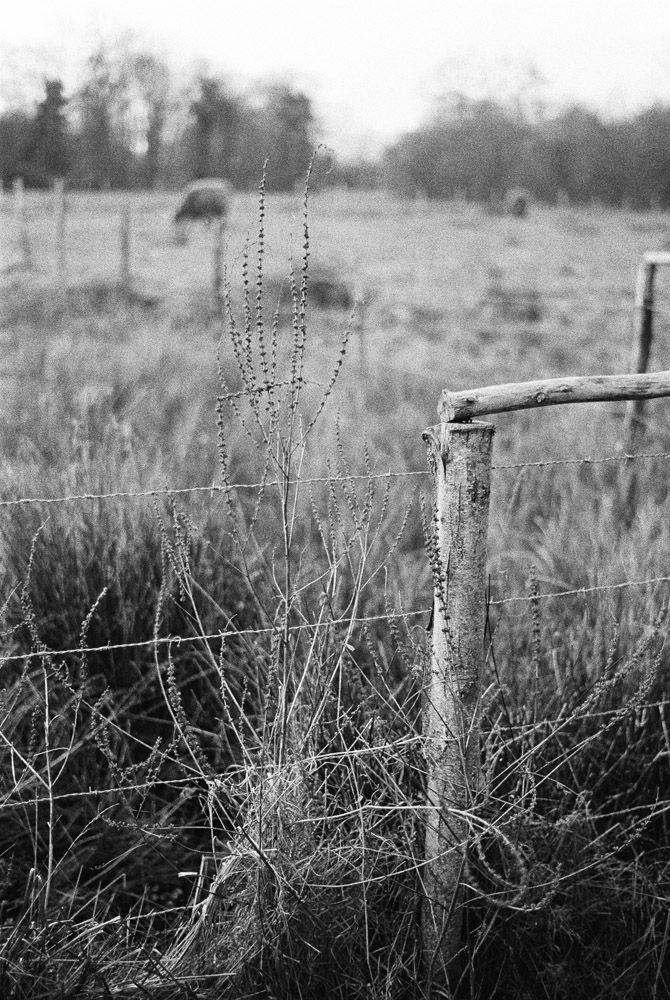

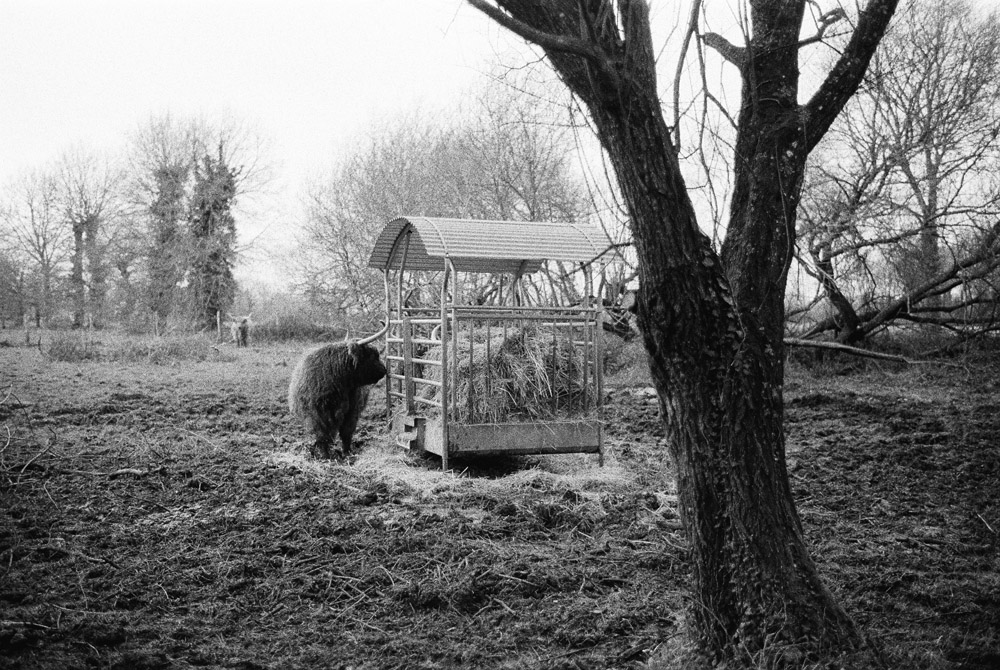
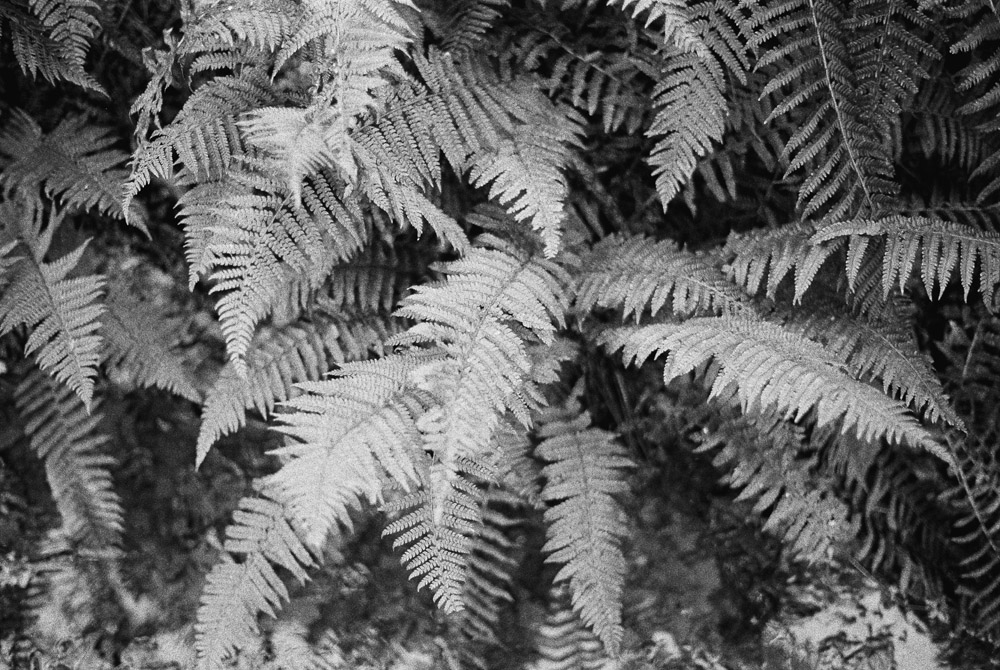
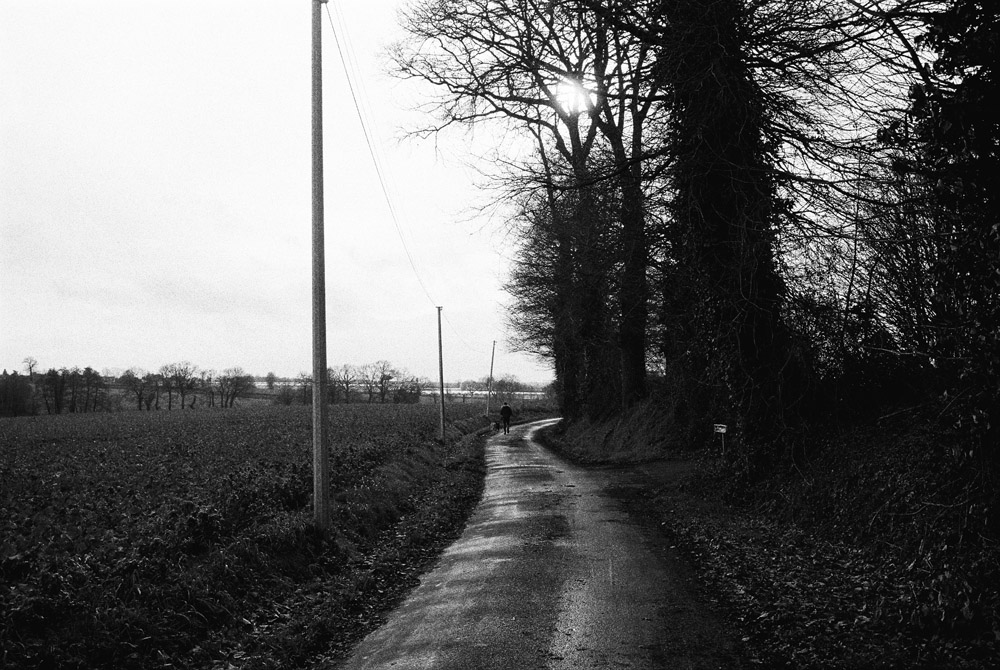

Globally, observations stated above remain the same. One thing I must add is that, despite the pictures looking nice and sharp with correctly calibrated rangefinder, I noticed the infinity hard stop doesn’t match with the rangefinder. Too bad, Voigtlander lenses have no problems doing that.
More Pictures
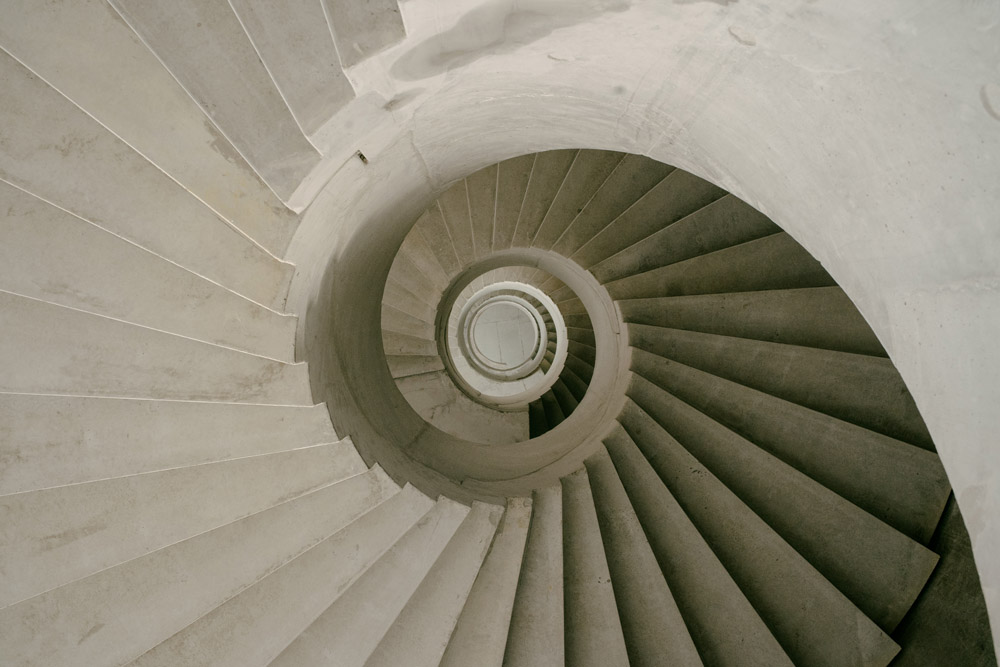

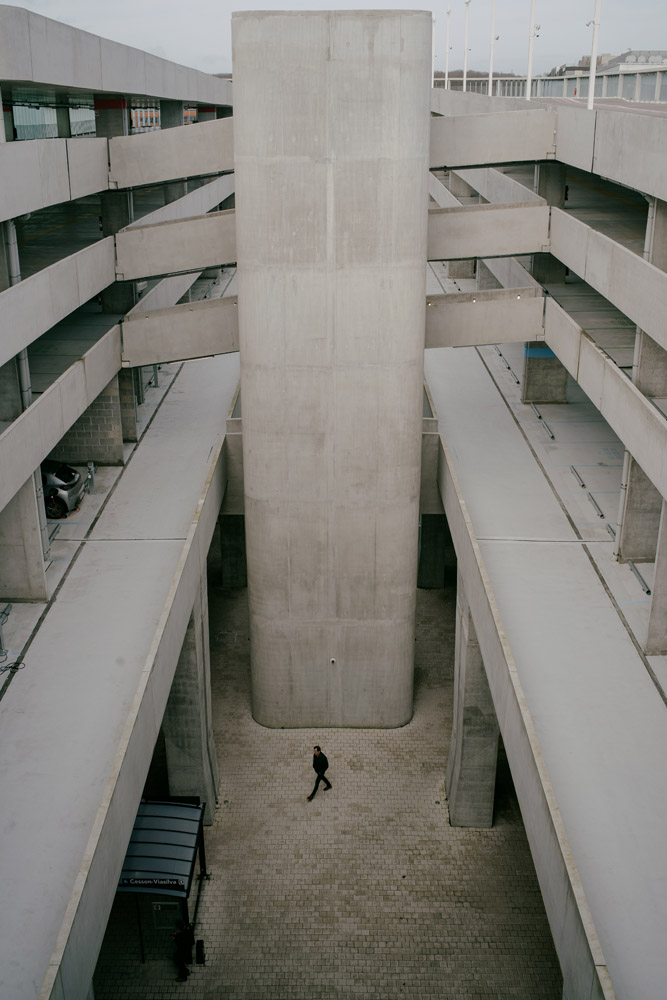
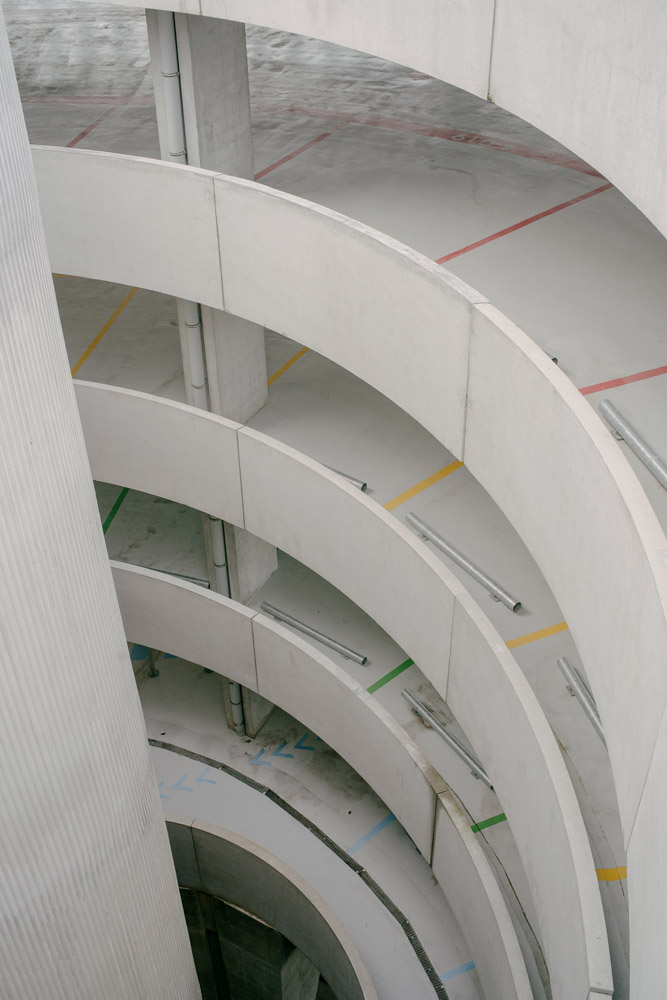
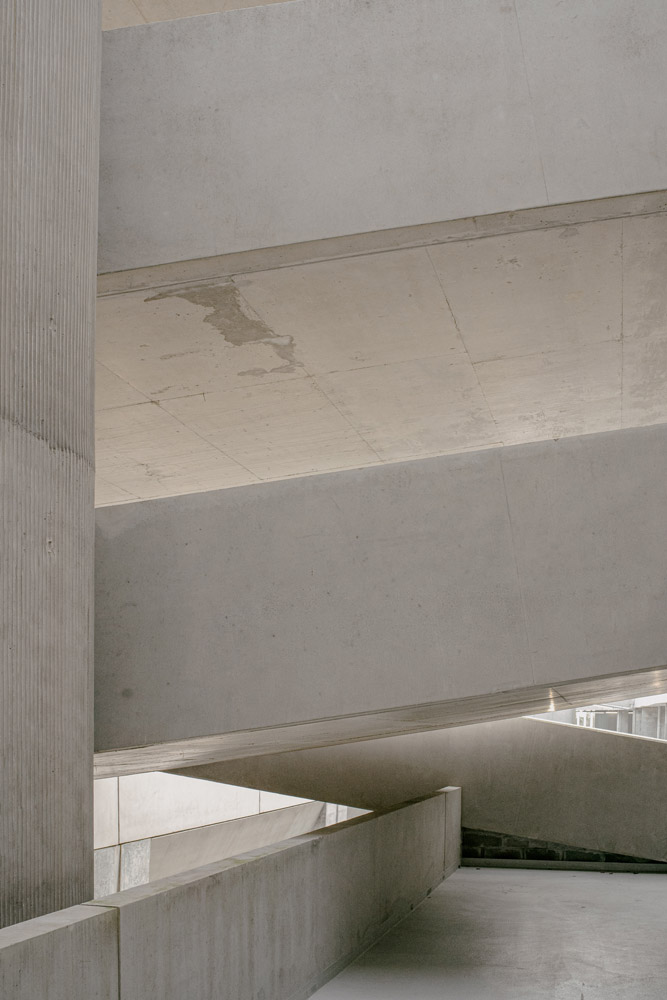





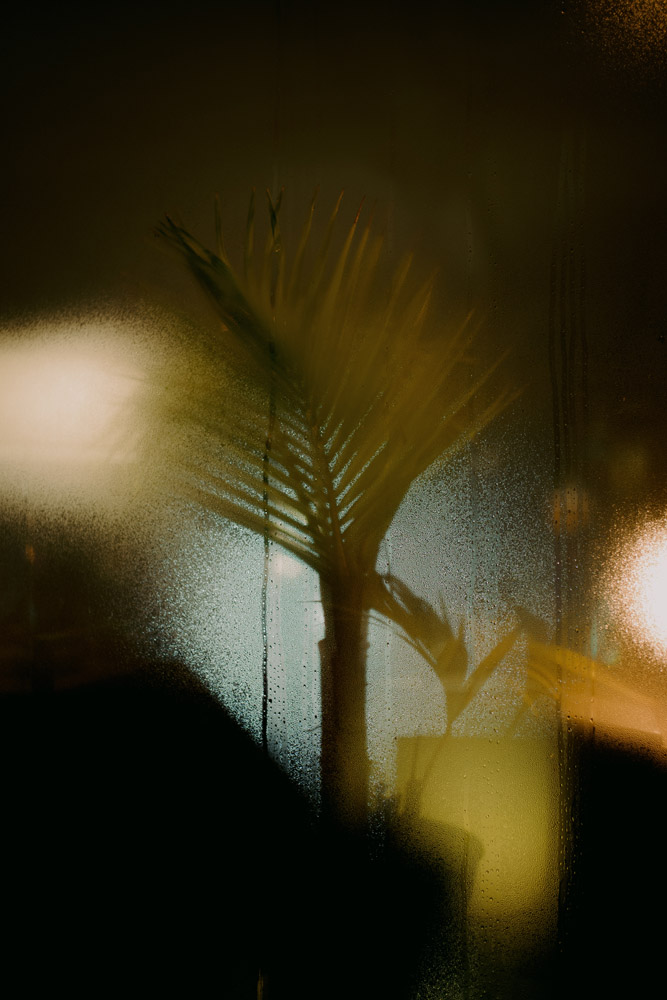
Simera 35mm ASPH Summary and Conclusions
Pros:
- Nicely built lens (Minus self-unscrewing focusing lever).
- Very nice imaging capabilities, on par with original Summilux for most aspects. It would be good enough as a Leica lens, so it will be more than good enough for most people.
- Relatively balanced size for a 35mm f1.4 lens.
- Floating lens elements (FLE) system + 0,45m minimum focusing distance.
- Well calibrated rangefinder on my M6 (minus infinity hard stop). YMMV.
Cons:
- Typeface…
- Aperture de-clicking system, nice at first but annoying in use as it disengages itself quite often.
- Hyperlocal dots system, nice at first but not very visible and practical on the field. Almost impossible to see in dim light.
- F- stops not equidistant, forces you to look at it during use to know where you are.
Reviewing the Simera 35mm ASPH was a pretty nice surprise to me. It gets as close as possible to German made lenses in terms of imaging capabilities while keeping a reasonable size. It is a great performer and most people will be very happy with it considering its price tag. What I liked a bit less is that I feel the designer behind it tried to make a bit too much fuss with funky functions (de-click lever, aperture dots, old style lever with infinity lock) that actually makes its use a bit less simple. These are not that bad but it will take a bit of time to get used to, and I tend to prefer using things that disappear when I use them, rather than things I have to concentrate on.
My wish is that, now that Simera 35mm ASPH seems to have mastered the glass part, they will make a future version a bit more simplified and straight to the point. But as is, it is already one of the most capable 35mm I’ve been given to try in this price range. So, well done Simera!
But wait a second… I hear the 28mm version is coming to me soon! Stay tuned :–)
Check out my personal instagram, and if my Leica handles interests you, you can check my website or go on kamerakraft instagram. I do have some very exciting projects to come for 2024.
Share this post:
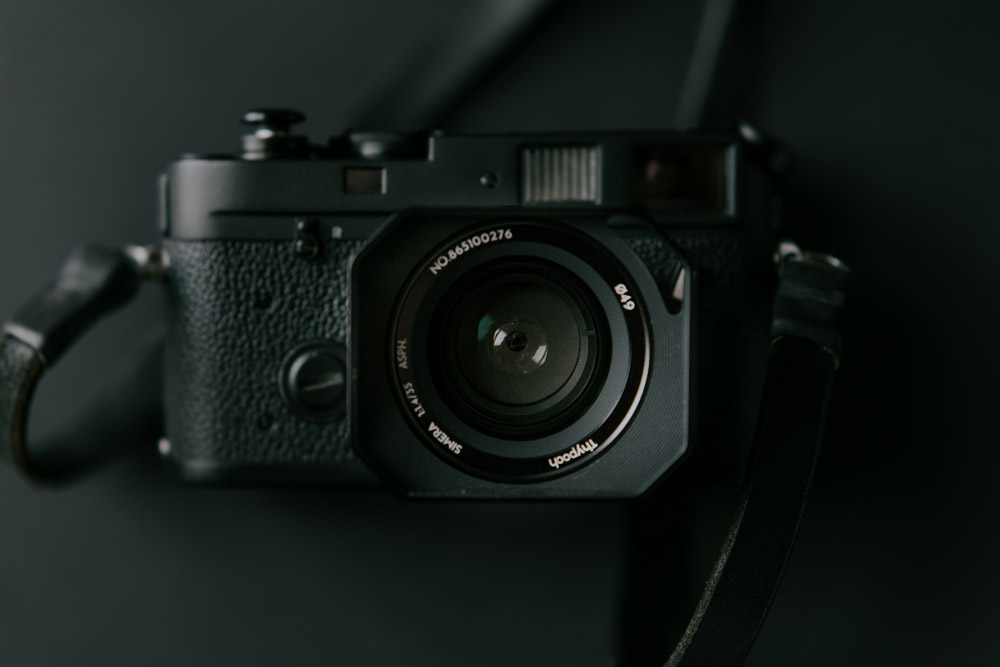
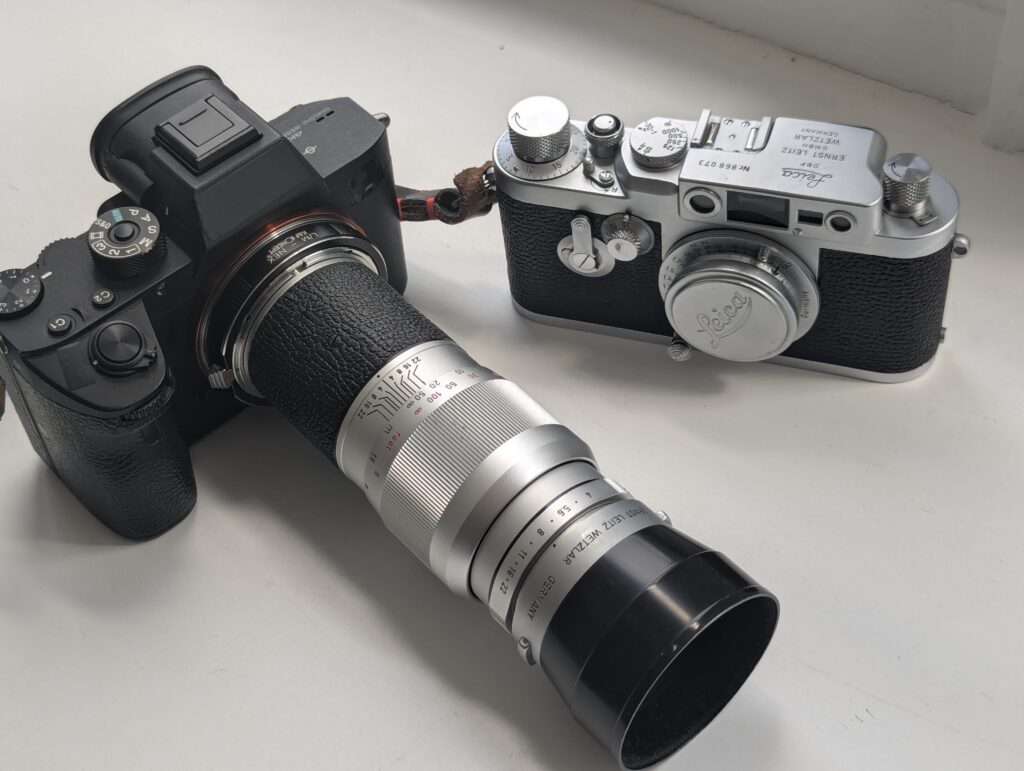
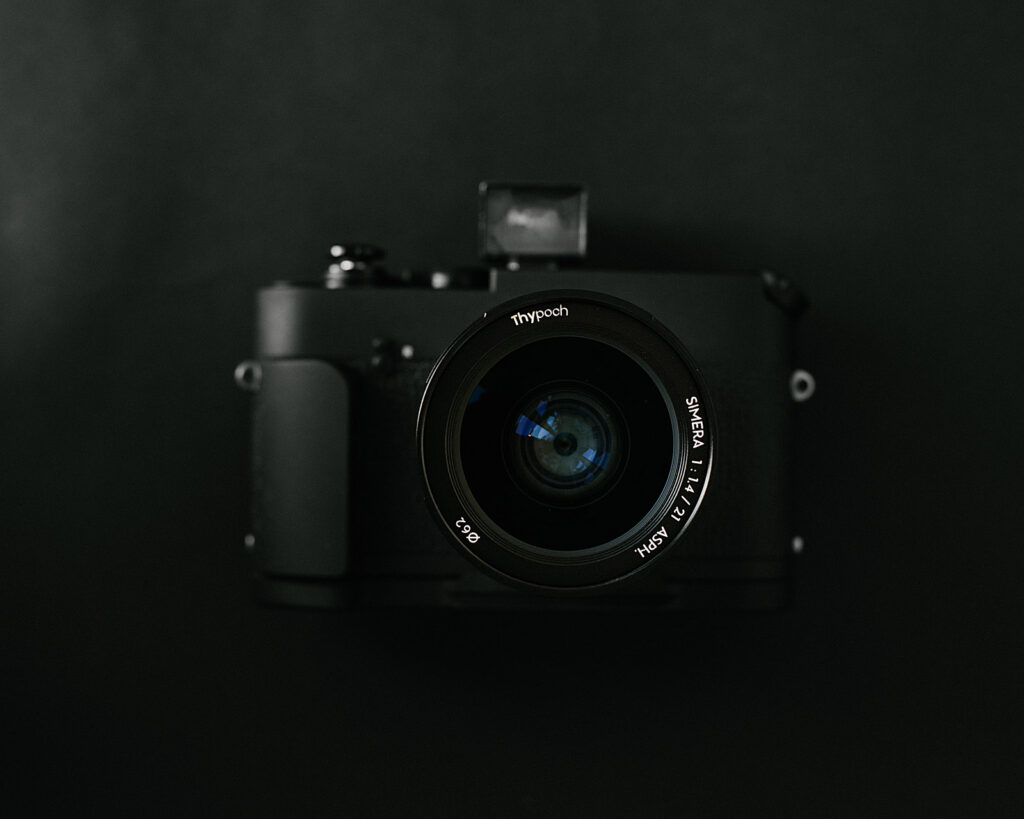
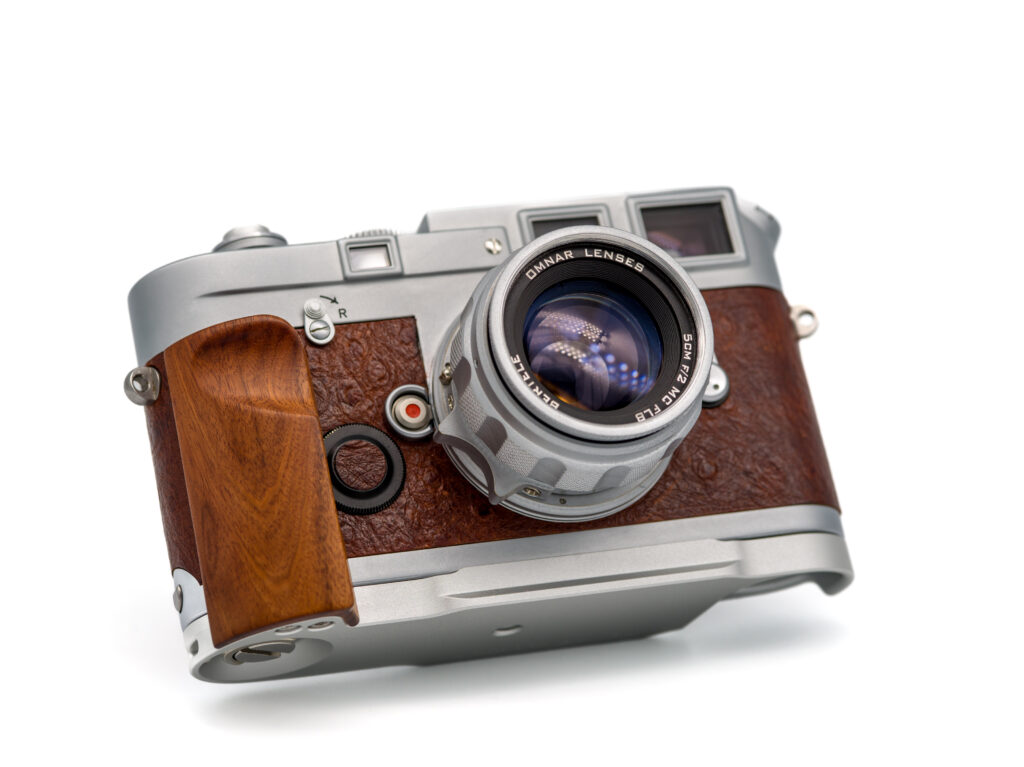
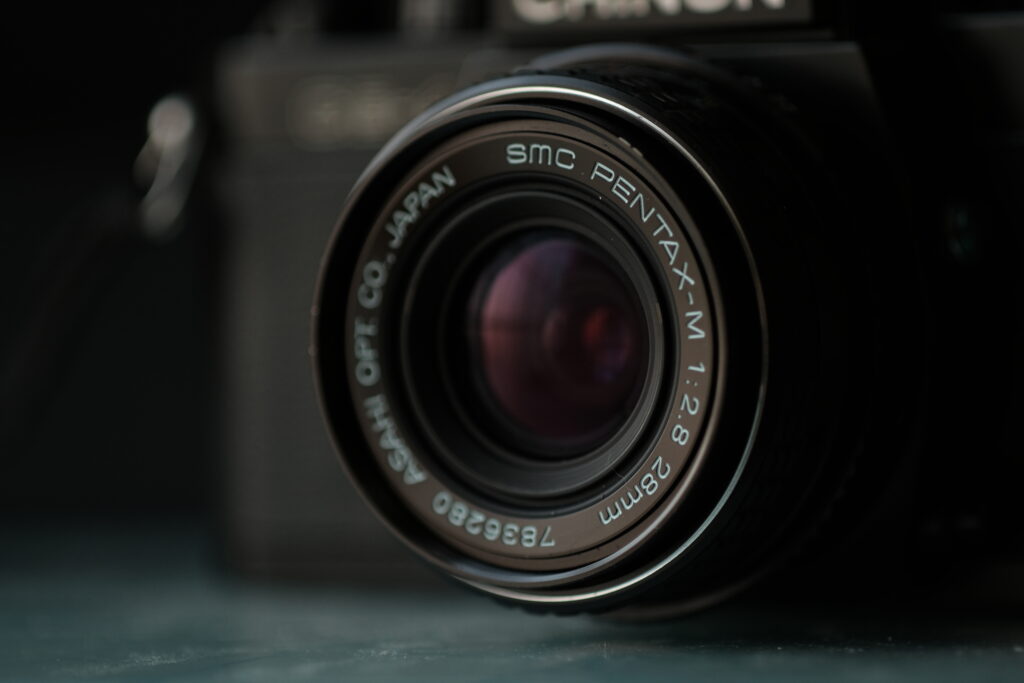




Comments
Hai on Thypoch Simera 35mm ASPH review
Comment posted: 19/02/2024
Comment posted: 19/02/2024
Comment posted: 19/02/2024
Comment posted: 19/02/2024
Hai on Thypoch Simera 35mm ASPH review
Comment posted: 19/02/2024
Comment posted: 19/02/2024
Nathan on Thypoch Simera 35mm ASPH review
Comment posted: 19/02/2024
Comment posted: 19/02/2024
Philip on Thypoch Simera 35mm ASPH review
Comment posted: 19/02/2024
Comment posted: 19/02/2024
Dan Castelli on Thypoch Simera 35mm ASPH review
Comment posted: 20/02/2024
Another day, another 35mm lens for a Leica. As a former graphic design teacher (and a typeface nerd) I agree with you on the letterform choice...
I regret selling my 35mm f/2.0 Summicron. Had I kept it I would have avoided the extensional crisis I'm in looking for a compact & fast 35mm lens. But now prices are high and I'm retired, so it's a cost I can.t justify on a pension income.
I've tried many of the Voigtlanders - to my subjective eye, they always fall short. The only Voigtlander lens in the 35mm range that I like is the f/2.5 II P. Not fast, but oh so nice on my M2 or my (film) CL. I have given up trying to balance price & speed. I do like the 35mm f/2.8 Zeiss ZM. The f/2.0 Zeiss ZM is also contender, but it's not compact...
I've always wondered why a manufacturer will offer a fast lens, then tell you it's best performance is slightly stopped down. If I'm shooting with a f/1.4 lens, then I'll shoot it wide open in crappy light because that's where the fun is.
This just may be an impossible quest. Like trying to find a good cinnamon roll in an area of bad bakeries...
Comment posted: 20/02/2024
vincentbihler on Thypoch Simera 35mm ASPH review
Comment posted: 22/02/2024
In the google drive, the first picture is always the Simera. Pay attention to colour fringing and bokeh, the difference is very subtle, but it is possible to tell them apart.